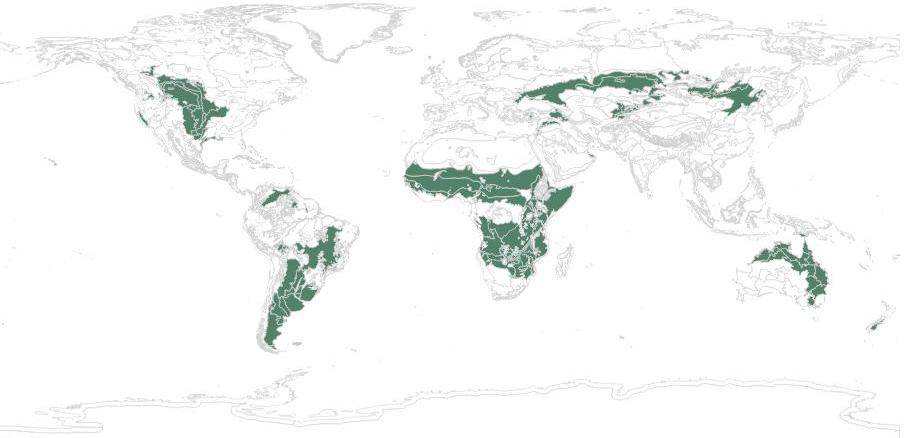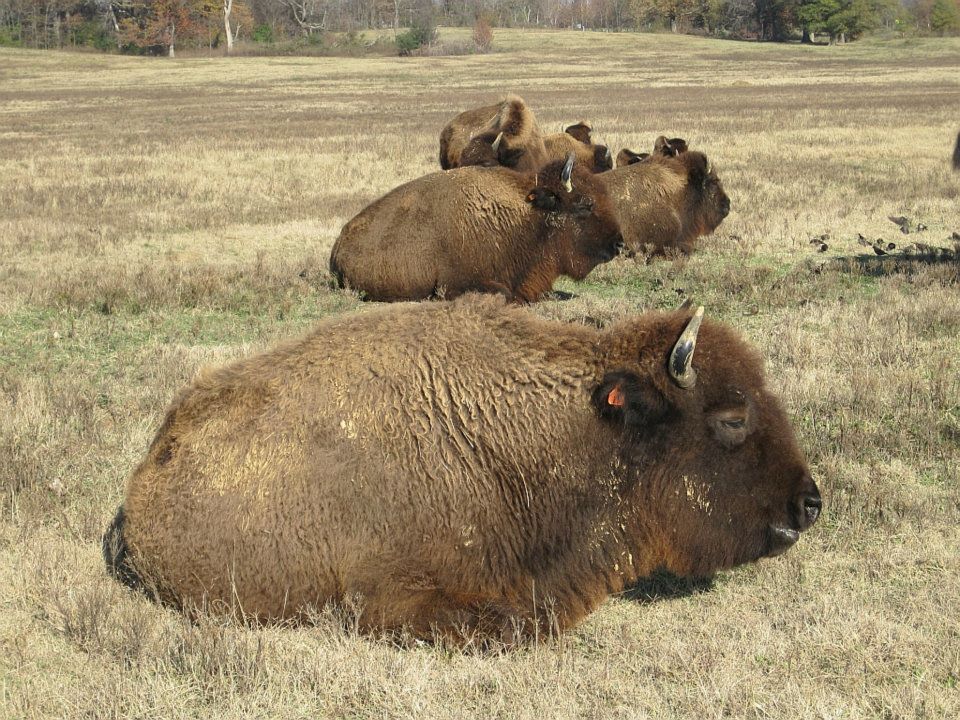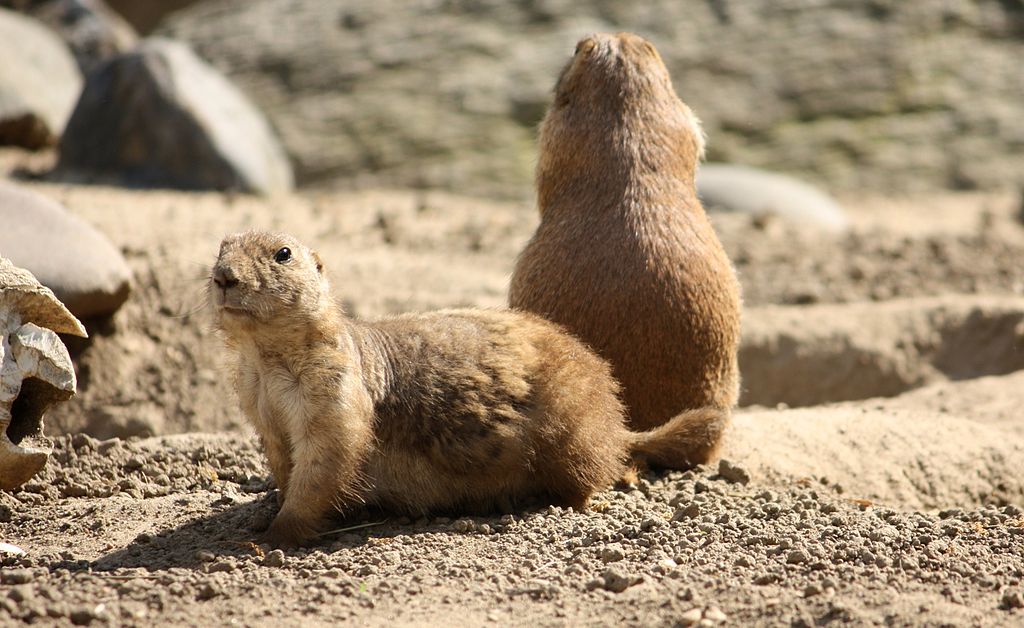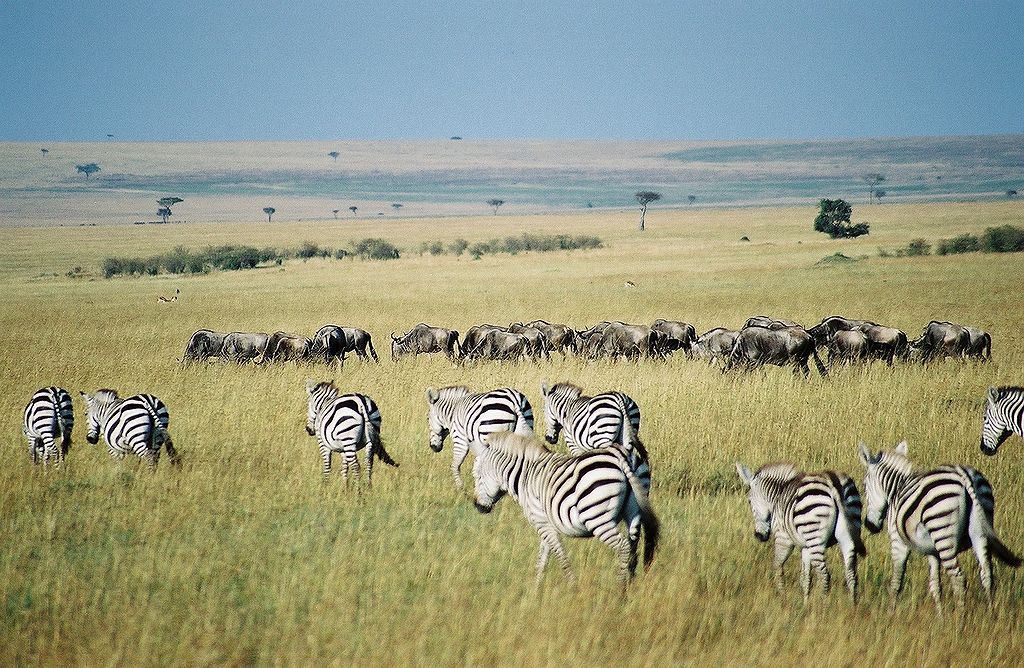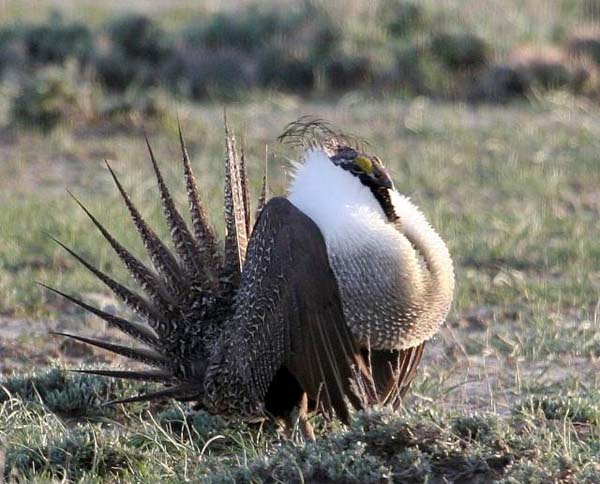TEMPERATE AND TROPICAL GRASSLANDS, SAVANNAS, AND SHRUBLANDS
LOCATIONS
The temperate aspect of this biome includes prairies in North America, pampas in South America, veld in Southern Africa and steppe in Asia. The Temperate Grasslands, Savannas, and Shrublands biome is composed of 44 ecoregions.
The tropical and subtropical aspects of this biome are found in Africa, Australia, Southern United States, Northern Mexico, some areas in Bhutan, India, Nepal, distinctive areas in South America, and Hawaii. The Tropical and Subtropical Grasslands, Savannas and Shrublands biome is composed of 50 ecoregions.
BASIC DESCRIPTION
Generally these regions are devoid of trees, except for riparian or gallery forests associated with streams and rivers. Some regions support savanna conditions characterized by sparse individuals or clusters of trees. Almost all of the Eurasian steppes and North American Great Plains have been extirpated through conversion to agriculture.
In the tropics, this biome is defined by large areas of land that do not receive enough rainfall to support extensive tree cover. Tropical and subtropical grasslands, savannas and shrublands are characterized by rainfall levels between 90 - 150 cm per year. Grasses are the dominant species of these ecoregions and scattered trees may be common. Large mammals that are able to take advantage of the grasses typify the biodiversity associated with these habitats. The African savannas are the richest in diversity of large mammal faunas. Large-scale migration of tropical savanna herbivores, such as wildebeest (Connochaetes taurinus) and zebra (Equus zebra) are continuing to decline through habitat alteration and hunting. Abundant aggregations of herbivores can be a characteristic feature.
REPRESENTATIVE SPECIES
Biodiversity in this biome includes a number of large grazing mammals, numerous bird species, and a diversity of insects. Once, these areas sustained vast migrations of large vertebrates such as Bison (Bison bison), Buffalo (Bubalus bubalis), Saiga (Saiga tatarica), Tibetan antelope (Pantholops hodgsoni) and Kiang (Equus hemionus). As many as 300 different plant species may grow on less than 3 acres of North American tallgrass prairie, which in turn may support more than 3 million individual insects per acre.
KEY DESIGN CONSIDERATIONS
Be mindful of Venturi and turbulence effects as a result of building form - leverage building form for friction-free flow of wind
Allow for occasional natural burns of grasslands and savannas - incorporate fire readiness into building design and material selection
Contribute to the main ecological asset of the grassland and savanna ecosystems - the soil. Protect and build soil wherever possible.
Prairie topography is the result of thousands of years of wind interacting with geology - design into it, not contrary to it.
Biodiversity responds to niche availability - generate a diversity of microclimates throughout the site with more and less wind exposure to promote biodiversity.
Mimic the disturbance of large migratory herbivores to promote cycles of nutrient incorporation and aeration.


